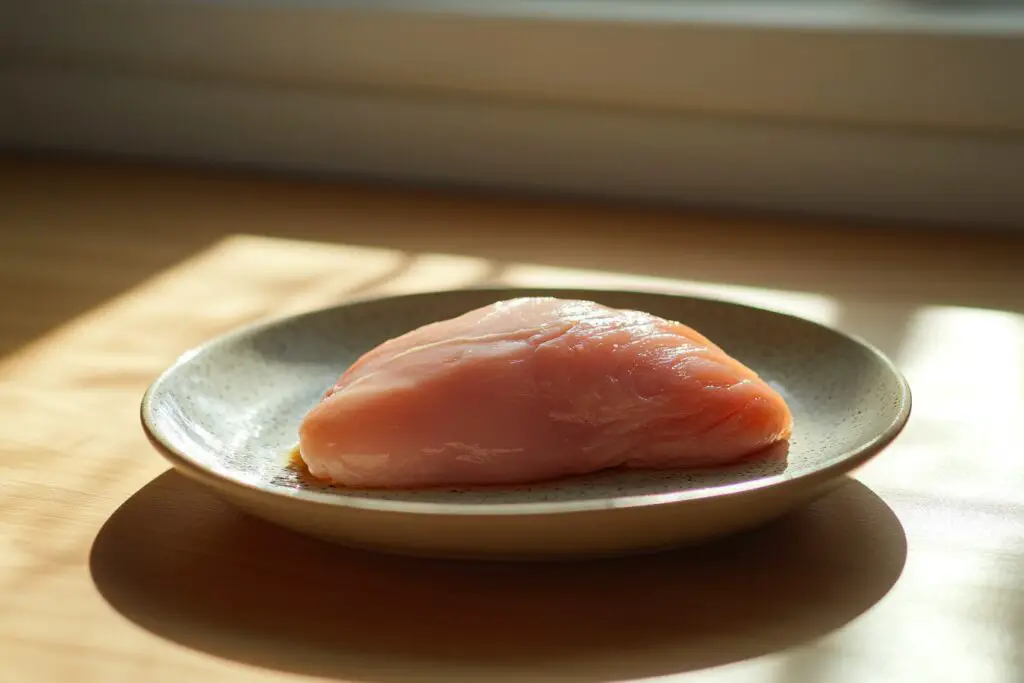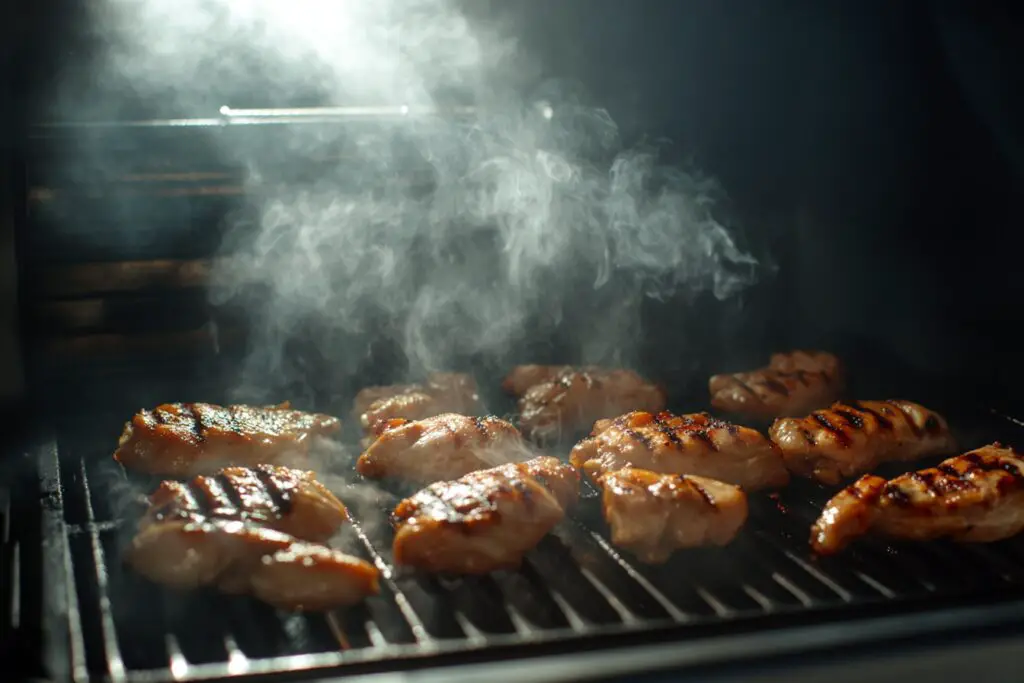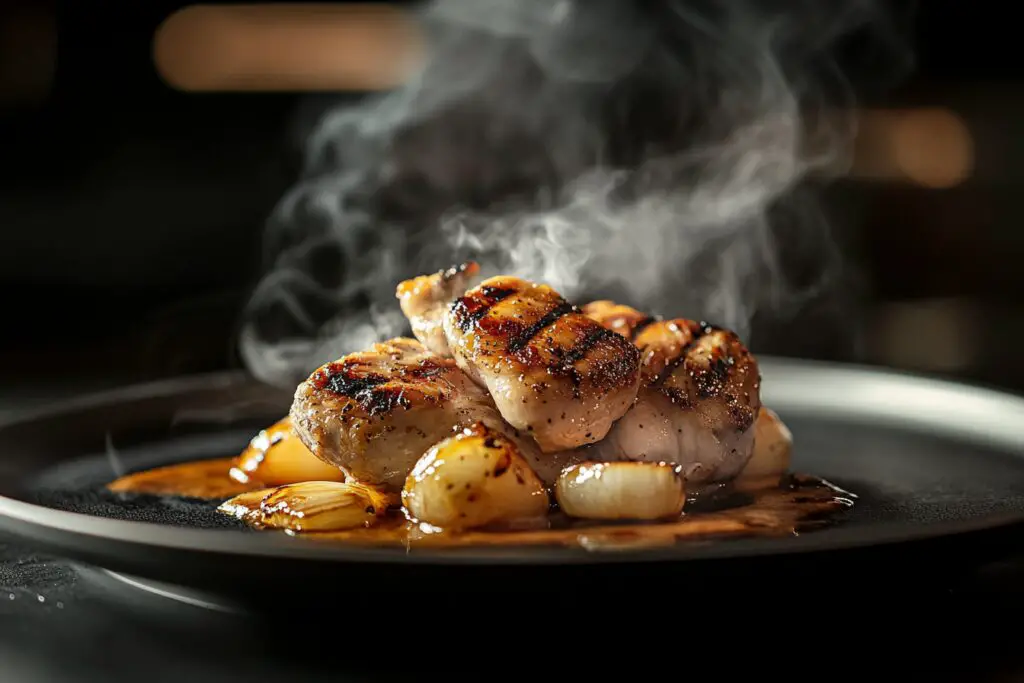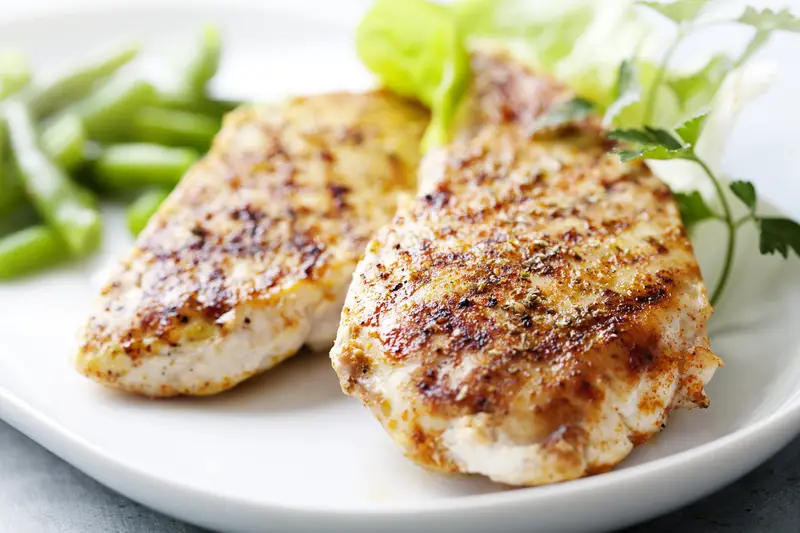Chicken is one of the most versatile proteins, yet it’s surprisingly tricky to cook properly. From temperature mishaps to storage blunders, what seems like a simple meal can quickly become a disappointment. Did you know that over 50% of home cooks make at least one critical mistake when preparing chicken? Here’s your essential guide to avoiding the most common chicken cooking pitfalls.
Straight from fridge to pan is a recipe for trouble

One of the most common mistakes is cooking chicken straight from the refrigerator. Cold chicken doesn’t cook evenly, leading to a disappointing meal with overcooked edges and an undercooked center. Instead, place your chicken on the counter 15-30 minutes before cooking, allowing it to reach room temperature.
The timing varies depending on the cut – boneless tenders need just 15 minutes, while a whole bird requires closer to 30 minutes. What if you’re in a hurry? Unfortunately, there’s no shortcut here. Rushing this step almost always results in uneven cooking.
Never thaw chicken on the kitchen counter
Thawing chicken at room temperature is a common but dangerous practice. The outer layer warms up much faster than the interior, creating perfect conditions for bacterial growth. Instead, plan ahead and thaw your chicken in the refrigerator, placing it on the bottom shelf to prevent drips from contaminating other foods.
Need a time estimate? A whole chicken needs about 24 hours to thaw properly in the fridge, while chicken breasts typically require 12-18 hours. If you’re working with frozen chicken, mark your calendar to start thawing two days before your planned cooking date.
Stop opening the grill lid every minute

When grilling chicken, resist the urge to constantly check on it. Opening the grill lid frequently releases essential moisture and heat, resulting in dry, stringy meat. Keep the lid closed for at least 5-8 minutes at a time, allowing the convection heat to cook the chicken evenly from all angles.
Think of your grill like a miniature oven – every time you open it, you’re letting precious heat escape. For the juiciest results, limit yourself to just one or two flips during the entire cooking process. Your patience will be rewarded with perfectly cooked chicken.
Crowded pans lead to steamed chicken
Overcrowding your pan is a surefire way to end up with pale, rubbery chicken instead of a golden-brown crust. Each piece needs adequate space to release moisture and brown properly. When pieces are too close together, they steam instead of sear, preventing that desirable caramelization from developing.
If you’re cooking for a crowd, work in batches rather than trying to squeeze everything into one pan. The extra time is worth it for properly browned, flavorful chicken. Remember to wipe out the pan between batches to prevent burnt bits from sticking to your next round.
Stop cutting into chicken to check doneness

The “cut and peek” method might seem reliable, but it actually does more harm than good. Each cut releases precious juices, leaving you with drier meat. Instead, invest in a reliable meat thermometer and check that the internal temperature reaches 165°F (74°C) at the thickest part.
After reaching the proper temperature, resist the urge to cut into your chicken immediately. Tent it with foil and let it rest for 5-10 minutes, allowing the juices to redistribute throughout the meat. This simple step makes the difference between a good chicken dish and a great one.
Remember, cooking chicken doesn’t have to be complicated. By avoiding these common mistakes and following proper techniques, you’ll consistently achieve delicious results. The key is patience, proper planning, and respecting the fundamentals of food safety and cooking science. Your reward? Perfectly cooked chicken every time.

